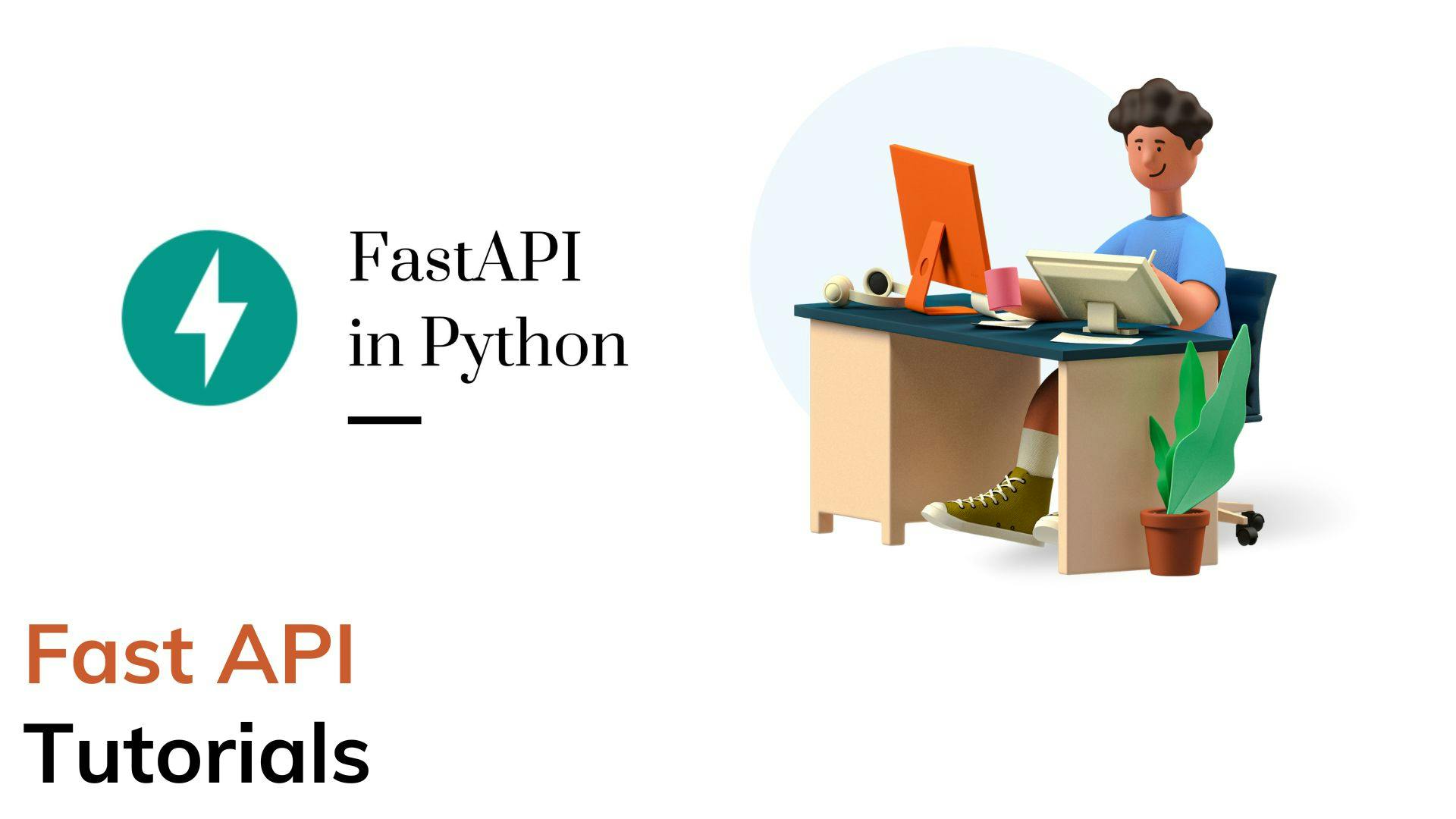FAST API interview question Part 1
Table of contents
No headings in the article.

What is FastAPI, and how does it differ from other web frameworks?
FastAPI is a modern, fast (high-performance) web framework for building APIs with Python 3.7+ based on standard Python-type hints. It provides strong typing, high performance, and async support, making it faster and more efficient than other web frameworks.
What is the syntax for creating an endpoint in FastAPI?
The syntax for creating an endpoint in FastAPI is similar to that of Flask, with some added features. Here's an example:
from fastapi import FastAPI
app = FastAPI()
@app.get("/")
async def root():
return {"message": "Hello World"}
What are the advantages of using FastAPI?
FastAPI offers many advantages, including:
Fast development cycle
High performance and low latency
Built-in validation and documentation of API endpoints
Easy integration with popular Python frameworks and tools
Support for asynchronous programming
Strong typing, which can improve code readability and reduce errors
What are some of the features of FastAPI?
Some features of FastAPI include:
Fast, asynchronous, and high-performance
Built-in support for OpenAPI and JSON Schema
Automatic generation of API documentation with Swagger UI and ReDoc
Built-in support for WebSocket APIs
Easy integration with other Python frameworks and libraries
How does FastAPI handle request validation?
FastAPI uses Pydantic models to automatically validate request data and generate API documentation. Pydantic models are based on standard Python-type hints, which can be used to define the structure and validation rules for request data. When a request is received, FastAPI automatically validates the data against the corresponding Pydantic model and returns a 422 Unprocessable Entity response if the data is invalid.
How does FastAPI handle dependencies?
FastAPI uses Dependency Injection to handle dependencies. Dependencies can be declared using function parameters or as a separate function that returns the dependency. FastAPI can automatically manage the lifecycle of dependencies and ensure they are only created once and shared between requests.
How does FastAPI handle database access?
FastAPI does not include a built-in ORM or database driver. Instead, it is designed to work well with popular Python ORMs such as SQLAlchemy, Tortoise ORM, and Peewee. FastAPI can also work with any database driver that is compatible with the Python DB API.
What is the difference between FastAPI and Flask?
FastAPI is a modern, high-performance web framework designed for building APIs with Python 3.7+. It is based on standard Python type hints, provides strong typing, and supports async programming. Flask, on the other hand, is a lightweight web framework designed for building small to medium-sized web applications with Python. Flask provides a simpler, more flexible API, but does not include built-in support for async programming or automatic request validation.
What is an example of using dependency injection in FastAPI?
Here's an example of using dependency injection in FastAPI:
from fastapi import FastAPI, Depends
app = FastAPI()
async def get_db():
db = MyDatabase()
try:
yield db
finally:
db.close()
@app.get("/")
async def root(db: MyDatabase = Depends(get_db)):
# use db here
return {"message": "Hello World"}
In this example, the get_db() a function is used to create and manage the lifecycle of the database connection. The db parameter in the root() a function is automatically injected with the result of calling get_db().
How does FastAPI compare to Flask and Django?
FastAPI is faster than Flask and Django because it is based on asynchronous programming with Python 3.7+ type annotations, which allows it to handle more requests per second.
I hope this helps, you!!
More such articles:
https://www.youtube.com/channel/UCiTaHm1AYqMS4F4L9zyO7qA
\==========================**=========================
If this article adds any value to you then please clap and comment.
Let’s connect on Stackoverflow, LinkedIn, & Twitter.
